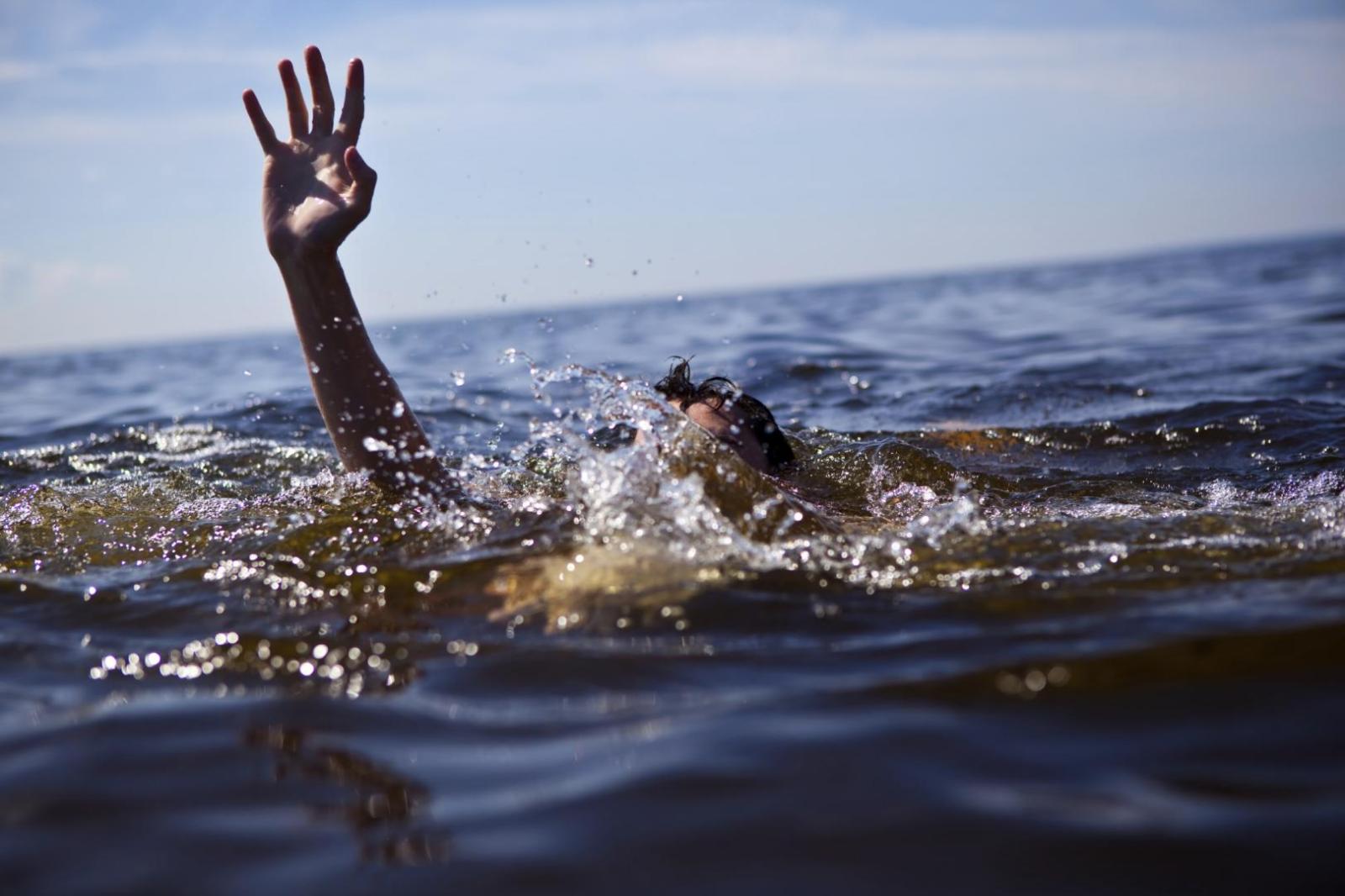372,000 people drown each year: those under 5 years at greatest risk

The World Health Organization's first Global report on drowning: preventing a leading killer reveals that drowning claims the lives of 372,000 people each year and is among the ten leading causes of death for children and young people in every region.
Other findings from the report include:
· Globally, over half of all drowning deaths are among those aged under 25 years
· The highest rates for drowning are among children under five years of age
· Males are two times more likely to drown than females
· More than 90% of drowning occurs in low- and middle-income countries, with the highest rates in the African, South-East Asia and Western Pacific regions
The report calls for a substantial scaling-up of efforts and resources to prevent drowning and outlines several actions to be taken by both national policy-makers and local communities, all of which could save many young lives.
"Efforts to reduce child mortality have brought remarkable gains in recent decades, but they have also revealed otherwise hidden childhood killers," says WHO Director-General Dr Margaret Chan. "Drowning is one. This is a needless loss of life. Action must be taken by national and local governments to put in place the simple preventive measures articulated by WHO."
Strategies for local communities include: installing barriers to control access to water; providing safe places such as day care centres for children; teaching children basic swimming skills and training bystanders in safe rescue and resuscitation. At national level, interventions include: adoption of improved boating, shipping and ferry regulations; better flood risk management and comprehensive water safety policies.
Alarmingly, according to a number of studies from high-income countries, deaths due to drowning may be considerably underestimated. Official data do not include drowning from suicide, homicide, flood disasters or incidents such as ferry capsizes.
The report describes drowning prevention projects in a number of low- and middle-income countries, including those where rates of drowning are high, for example, in Bangladesh, Cambodia, China, India, Philippines, Thailand and Viet Nam. The report recommends that such efforts should be systematically implemented and monitored in order to identify best practices and bring those which are most successful to scale.
The report also draws attention to the need to make drowning prevention an integral part of a number of current debates, such as climate change which leads to increased flooding; mass migrations, including of asylum seekers traveling by boat; and issues such as rural development and water and sanitation. Improving coordination across these various agendas will save lives.
The Global report on drowning: preventing a leading killer and related materials may be found here
